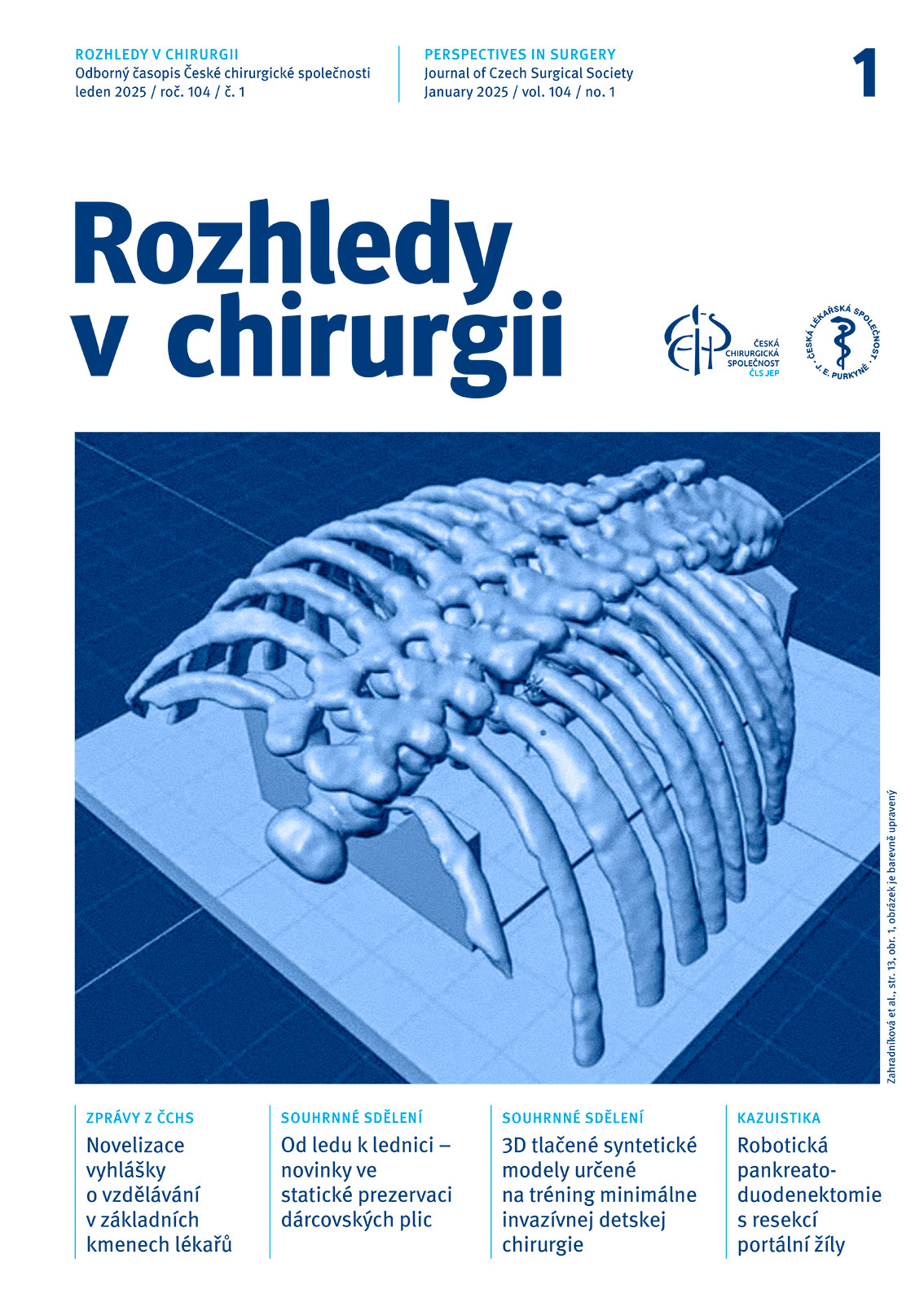Abstract
The preservation of donor lungs and the effort to safely extend ischemic time while maintaining function is an important topic that the transplant community has been addressing for a long time. Recent publications, mainly from the Toronto team, have fundamentally influenced the existing standard of optimal preservation conditions, and their results provide a scientific basis for the shift from ice preservation to controlled hypothermia. Optimal preservation conditions are a necessary prerequisite for the safe extension of ischemic time. This brings additional potential for the development of the field and the possibility to improve the availability of lung transplantations and their outcomes. This review summarizes the key findings in the area of donor lung preservation from the first experimental attempts conducted 30 years ago to recent studies and discusses the various aspects that the change in preservation standard has influenced or is likely to influence.
doi: 10.48095/ccrvch20257


